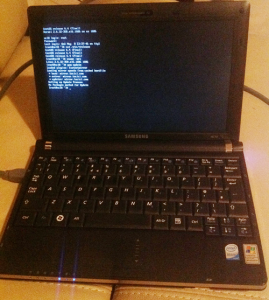 Every once in a while it can happen happen that use use “yum update” to update your Linux system.
Every once in a while it can happen happen that use use “yum update” to update your Linux system.
Usually this works without a hitch, but you may have come across a message such as this:
Setting up Install Process
Resolving Dependencies
There are unfinished transactions remaining. You might consider running yum-complete-transaction first to finish them.
The program yum-complete-transaction is found in the yum-utils package.
But what does this mean, and how do we alleviate this?

 This is a step-by-step guide on how to replicate an existing MySQL server. The server is live and contains data and needs a constant backup companion.
This is a step-by-step guide on how to replicate an existing MySQL server. The server is live and contains data and needs a constant backup companion.
 Git is a superb version control system that’s tightly integrated into Apple’s Xcode. To collaborate with some coding buddies of mine we wanted to setup a central remote storage on my Plesk server so we could all contribute to the code.
Git is a superb version control system that’s tightly integrated into Apple’s Xcode. To collaborate with some coding buddies of mine we wanted to setup a central remote storage on my Plesk server so we could all contribute to the code. You may come across a duplicated counter / duplicate error in OSSEC. This can happen when you try to add an agent to the server again which was previously added (say when you had to rebuild the OSSEC Server).
You may come across a duplicated counter / duplicate error in OSSEC. This can happen when you try to add an agent to the server again which was previously added (say when you had to rebuild the OSSEC Server).